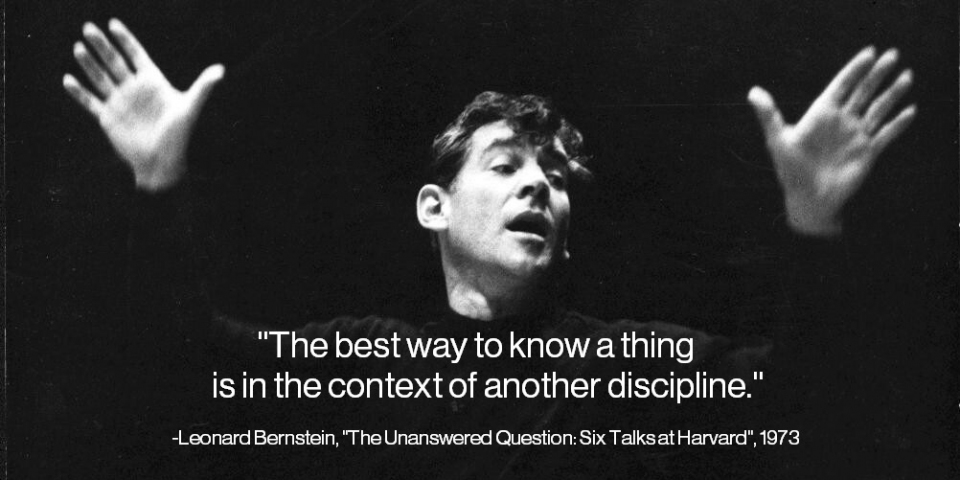Re-post of an article by Joshua Rothman in the The New Yorker
A few years ago, when I was a graduate student in English, I presented a paper at my department’s American Literature Colloquium. (A colloquium is a sort of writing workshop for graduate students.) The essay was about Thomas Kuhn, the historian of science. Kuhn had coined the term “paradigm shift,” and I described how this phrase had been used and abused, much to Kuhn’s dismay, by postmodern insurrectionists and nonsensical self-help gurus. People seemed to like the essay, but they were also uneasy about it. “I don’t think you’ll be able to publish this in an academic journal,” someone said. He thought it was more like something you’d read in a magazine.Was that a compliment, a dismissal, or both?
More...
